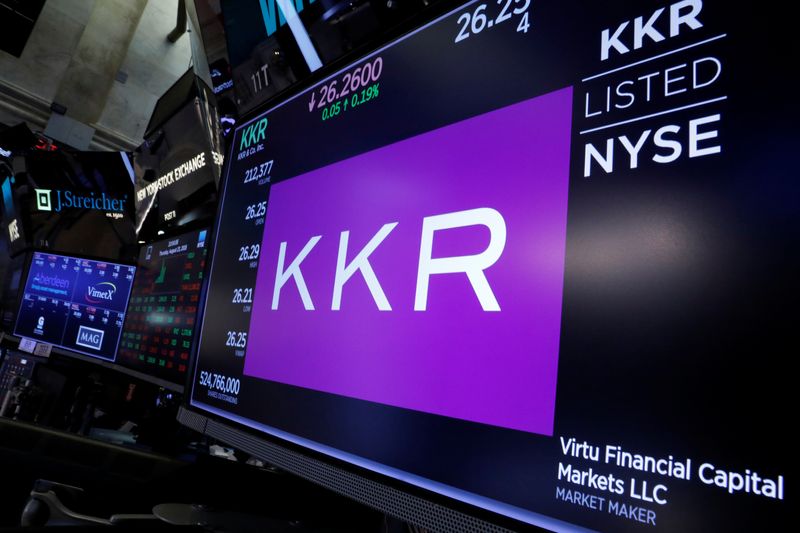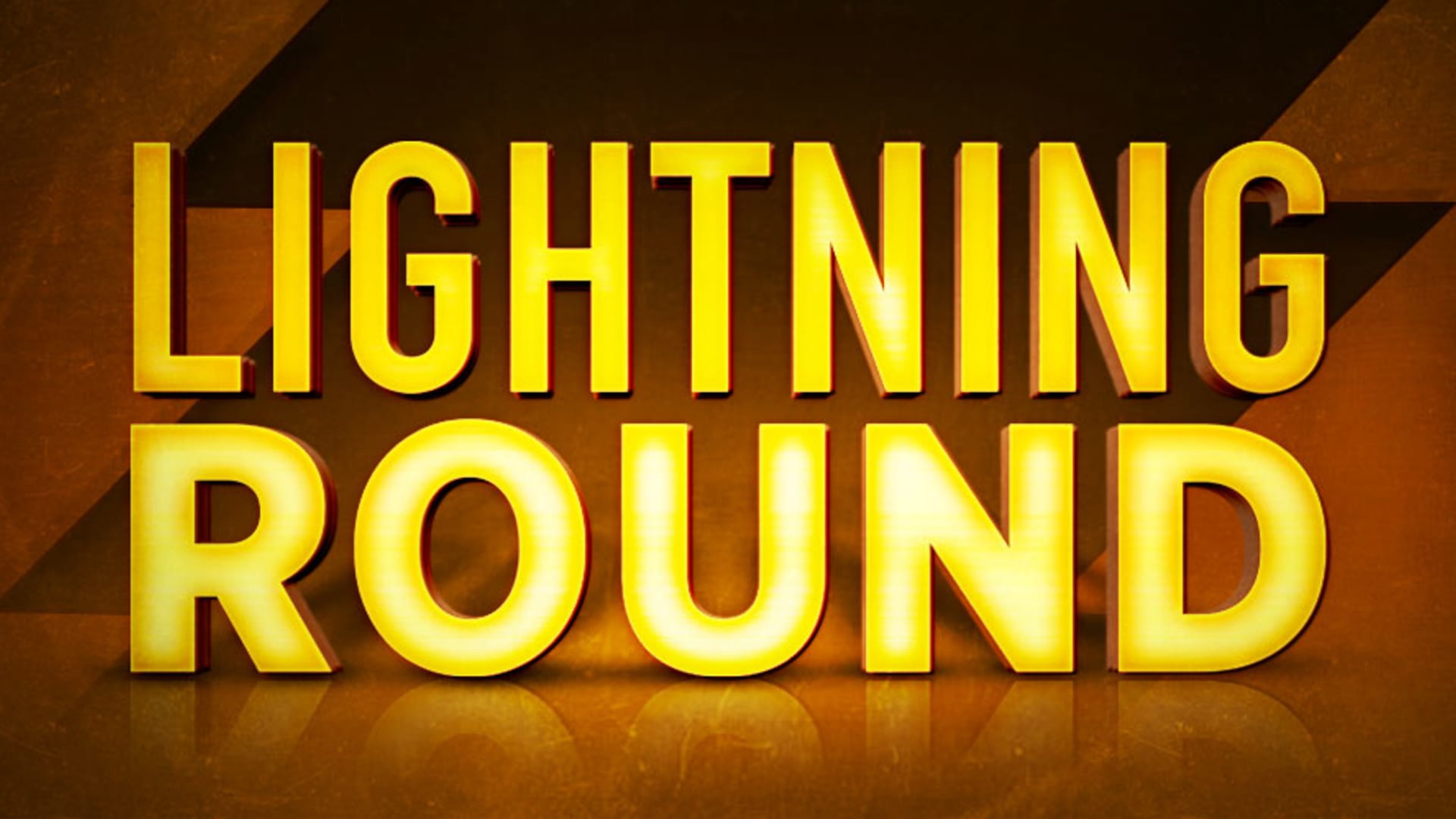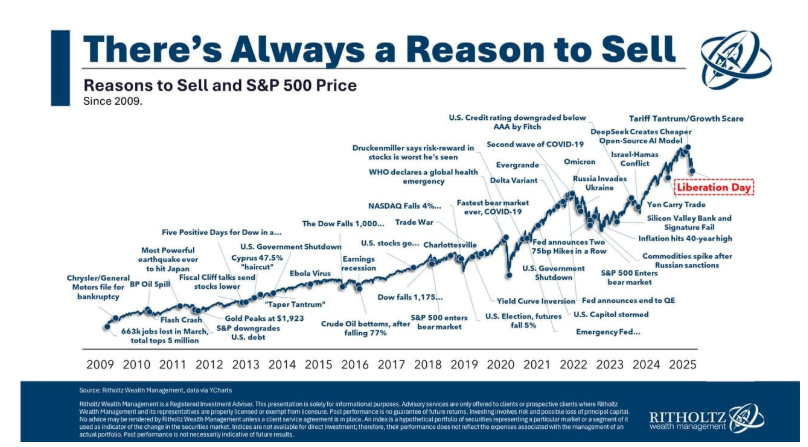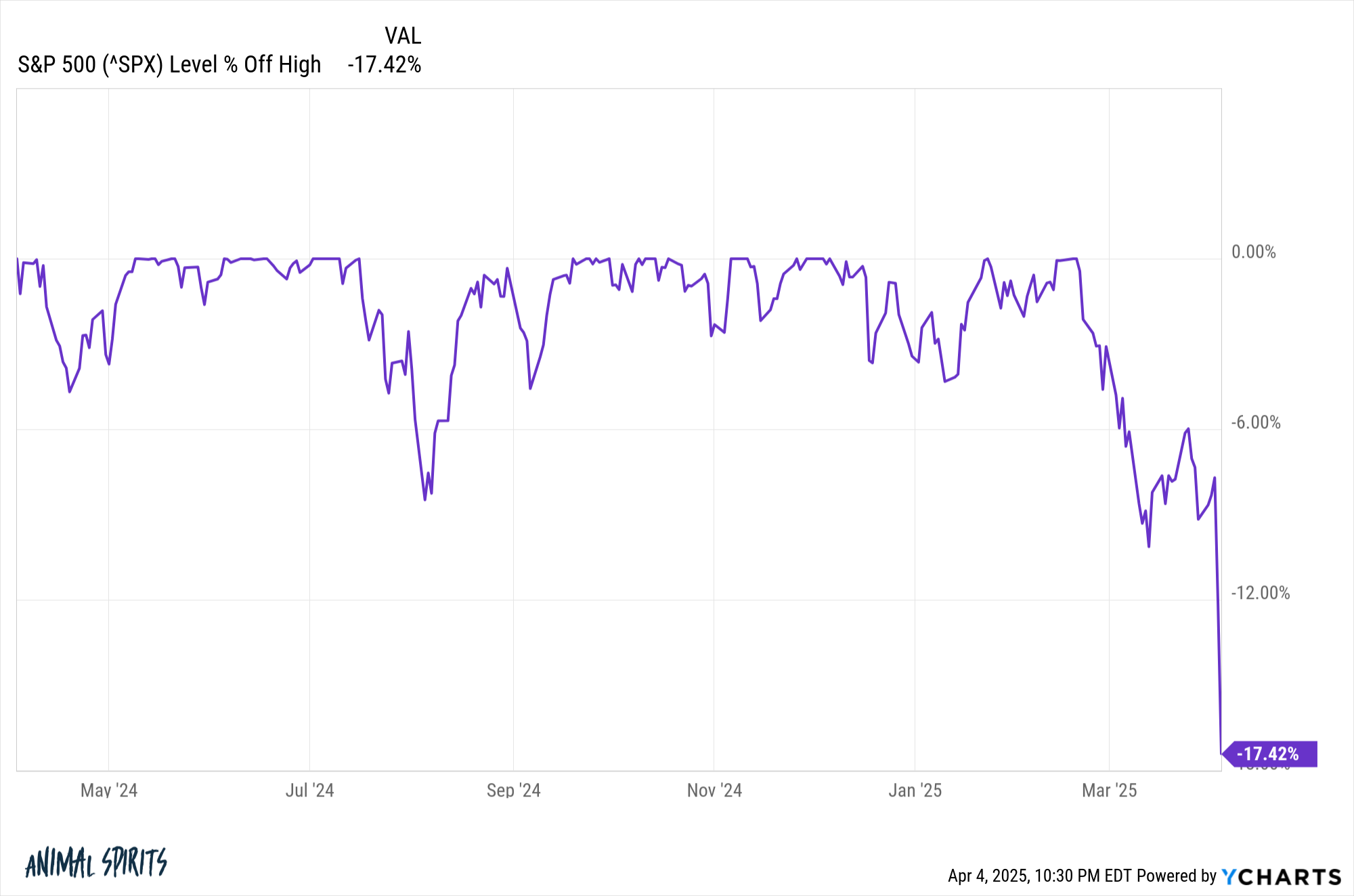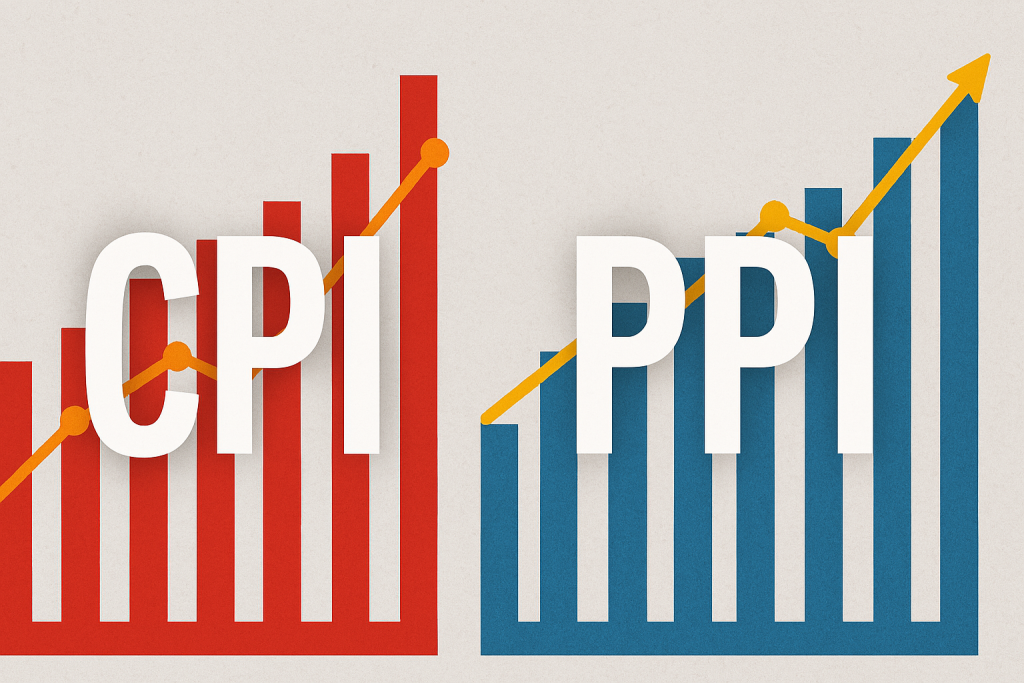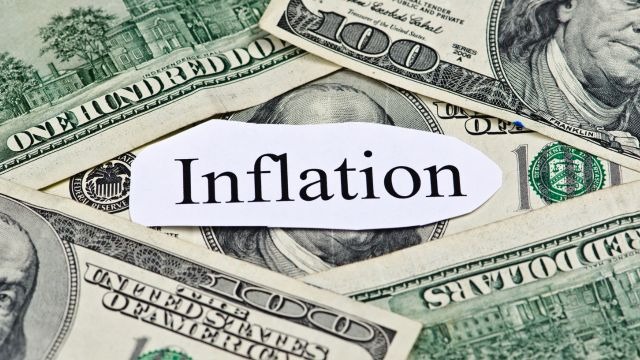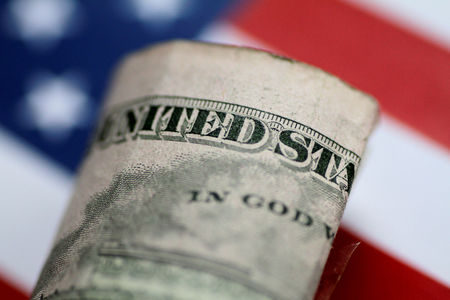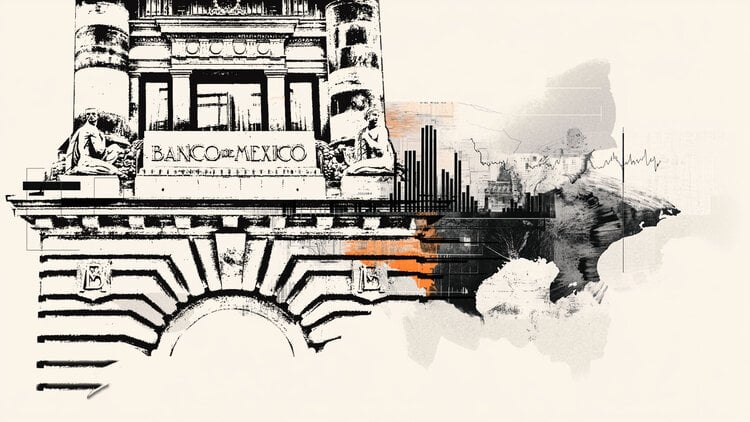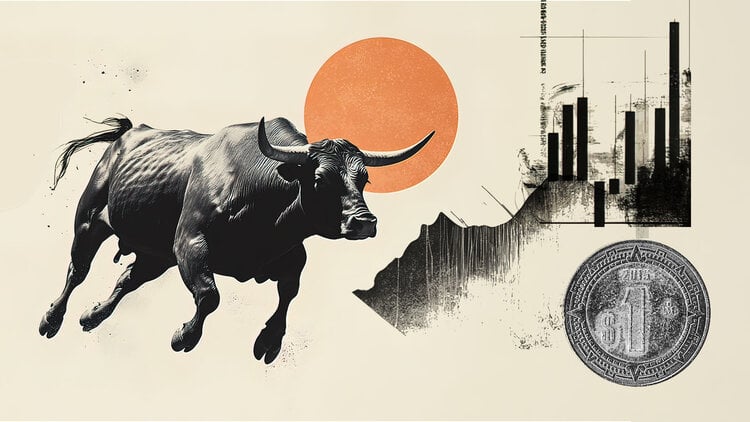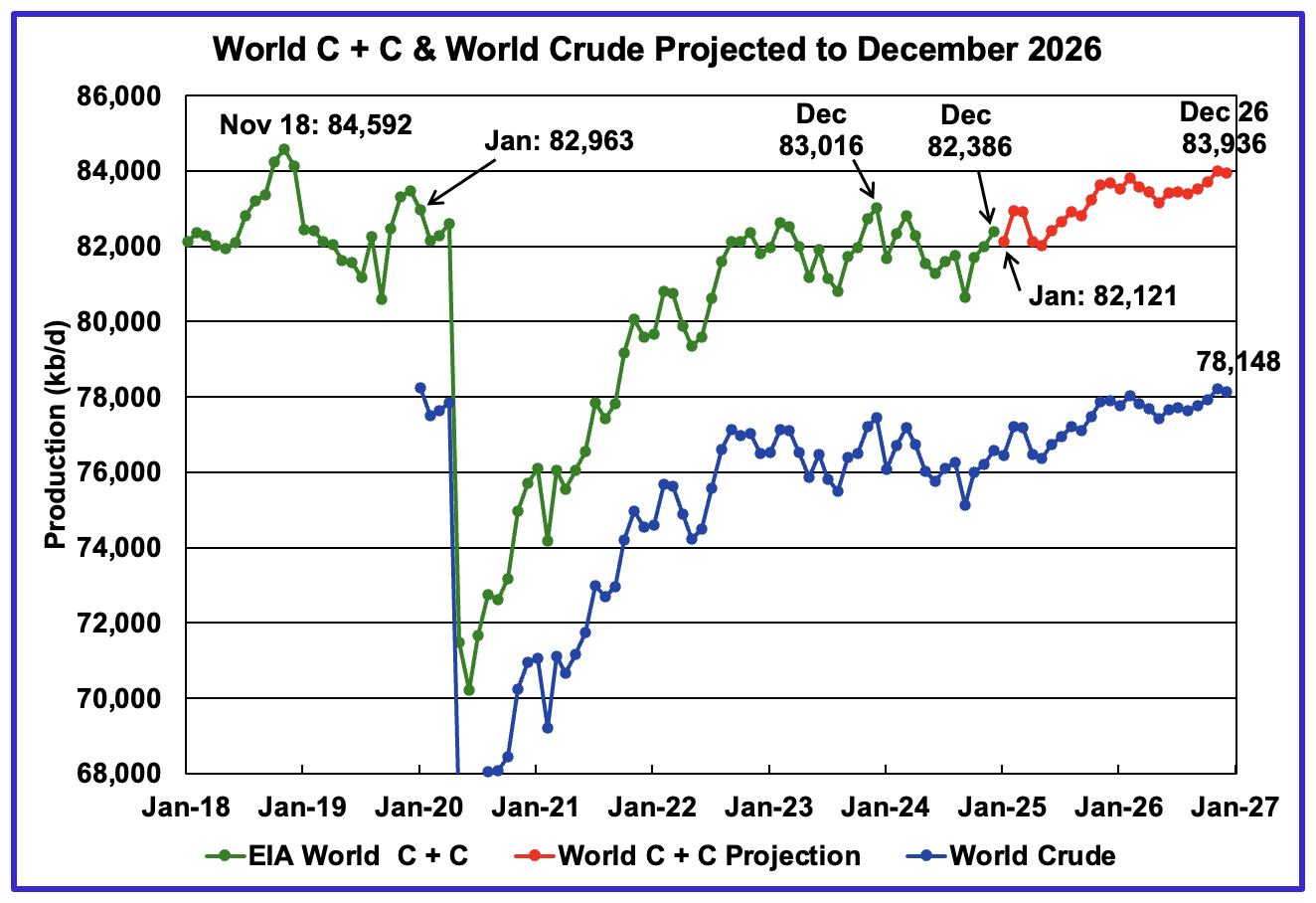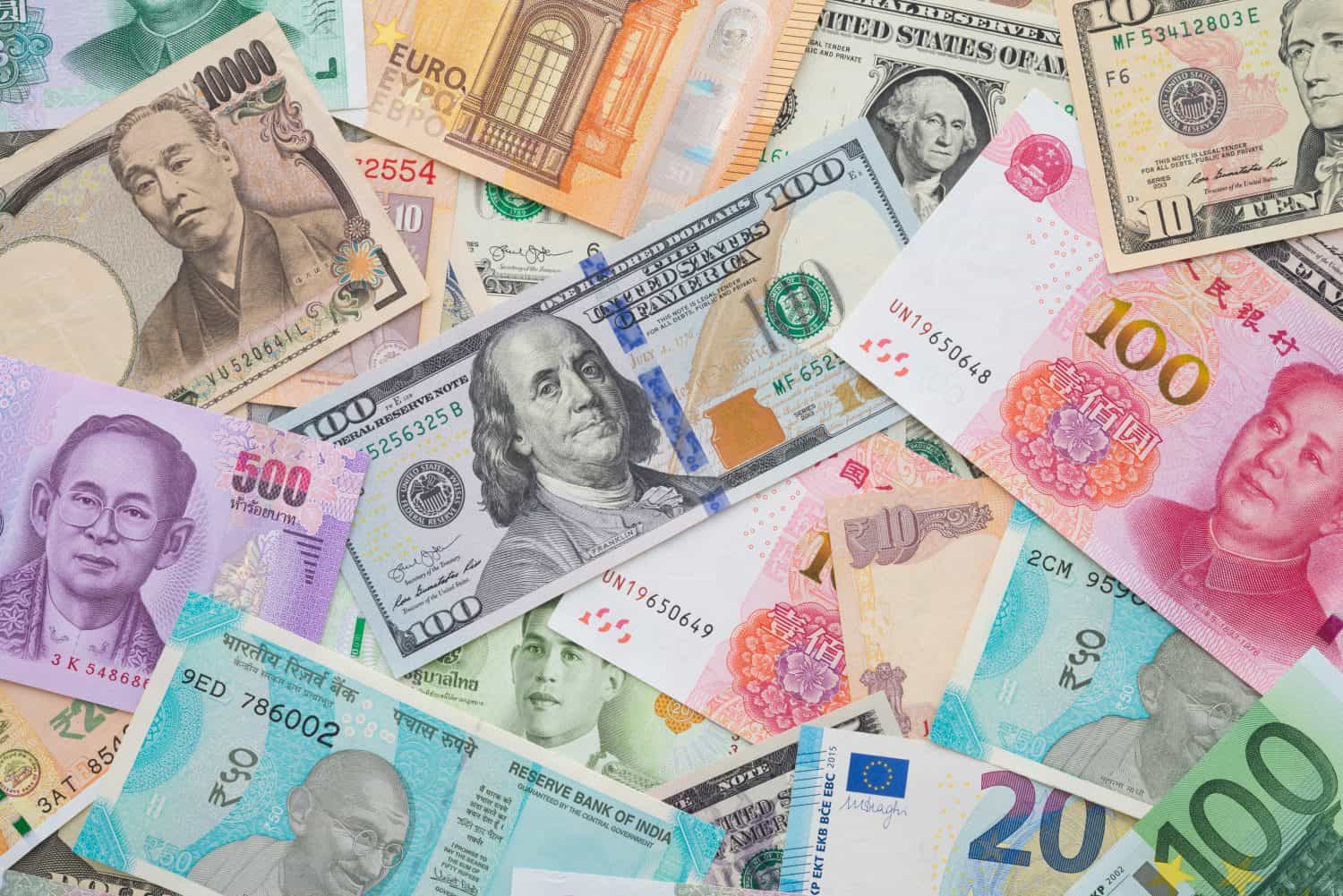Should I prioritize the Chase Trifecta or explore the C1 VX/V for my new credit card setup?
Building an optimal credit card strategy ahead of a major purchase requires more than just interest rates, though that is a key consideration. You should also balance rewards and examine your credit health. Start by selecting a card with a strong rewards program in your purchase category and then pre-qualify to avoid hard inquiries, ensuring […] The post Should I prioritize the Chase Trifecta or explore the C1 VX/V for my new credit card setup? appeared first on 24/7 Wall St..

Building an optimal credit card strategy ahead of a major purchase requires more than just interest rates, though that is a key consideration. You should also balance rewards and examine your credit health.
Start by selecting a card with a strong rewards program in your purchase category and then pre-qualify to avoid hard inquiries, ensuring approval odds match your FICO score. Preferably that will be north of 700.
Next, secure a 0% APR intro offer to spread payments without interest, saving hundreds of dollars on your purchase, and then pay your bill on time. You will want to keep your credit utilization below 30% (for example, only use $1,500 on a $5,000 limit) to boost your score. Also try to stack a sign-up bonus for extra value.
After you make your purchase, automate minimum payments, but then pay off your balance aggressively before the introductory period ends. This maximizes rewards, minimizes costs, and strengthens your credit.
The situation
This is more of an introduction to using your credit wisely, but there are really advanced options who want to make the best use of their credit availability. A Redditor on the r/CreditCards subreddit recently looked for advice on starting a two-player setup, which is where partners, spouses, or close allies coordinate their credit card usage to maximize rewards, bonuses, and financial benefits.
One strategy might be to seek out the Chase Trifecta and Capital One Savor cards for their compelling options, but to also understand bonus categories as critical to unlocking their full potential.
Chase Trifecta
The Chase Trifecta comprises the Chase Sapphire Preferred, which has a $95 annual fee, Chase Freedom Unlimited, and Chase Freedom Flex, both of which have no fee. The represent a powerhouse for versatility.
The Sapphire Preferred earns 3x points on dining and travel, with a 60,000-point sign-up bonus that is worth $750 in travel after you spend $4,000 in three months.
Points transfer one-for-one to partners like United Airlines (NASDAQ:UAL), amplifying their value by 25% through Chase’s portal. The Freedom Unlimited adds 1.5x points on all non-bonus spending, while the Freedom Flex offers 5x on rotating quarterly categories such as groceries up to $1,500.
Together, they cover broad spending options — travel, dining, and everyday costs — while pooling points for outsized redemption. The flexibility to shift points to travel or cashback cushions rising costs.
For a two-player setup, one partner can wield Sapphire while the other uses Freedom cards, splitting duties to hit bonuses and diversify earnings.
Capital One Savor
Meanwhile, the Capital One Savor (also a $95 annual fee) shines for dining enthusiasts, offering 4% cashback on dining and entertainment. You can get $200 back on $5,000 in restaurant spend annually. Its 3% on groceries and streaming complements a food-focused lifestyle, and a $300 bonus after spending $3,000 in three months sweetens the deal.
Unlike Chase’s points, Savor’s cashback is simpler, suiting those who prefer immediate rewards over travel planning. Pairing it with a no-fee card like Capital One Quicksilver (1.5% on all purchases) creates a lean duo, though it lacks Chase’s transfer flexibility.
Understanding the bonus opportunity
The post Should I prioritize the Chase Trifecta or explore the C1 VX/V for my new credit card setup? appeared first on 24/7 Wall St..

































